The ambitious plan to extend the JP Ganga Path from Digha in Patna to Koilwar in Bhojpur district received fresh impetus this week with the Bihar government re-floating the tender under the Hybrid Annuity Model (HAM). This comes after the initial attempt to execute the project under the EPC (Engineering, Procurement and Construction) model was cancelled.
The latest move is expected to significantly accelerate work on one of the state’s most critical infrastructure corridors, originally announced by Chief Minister Nitish Kumar during the Pragati Yatra on February 21, 2025.
The announcement made by the Chief Minister included the expansion of the existing JP Ganga Path both westward up to the Koilwar Bridge (Veer Kunwar Singh Setu) and eastward to Mokama’s Rajendra Setu by widening sections of the old National Highway-31. The western extension from Digha through Sherpur to Bihta was taken up for immediate implementation.
Cabinet Approval for Digha to Koilwar Stretch
Just days after the announcement, the state cabinet, on February 25, granted administrative approval for the project at a total estimated cost of ₹6,495.78 crore. The proposed length of the extension is 35.65 kilometres and is designed as a four-lane high-speed corridor with both elevated and at-grade sections.
The approved plan includes the construction of an 18-km elevated four-lane road, service lanes between Maner and Koilwar due to dense habitation, a 17.65-km ground-level stretch, one flyover, vehicle underpasses where required, toll plaza facilities, interchanges at Digha and Sherpur, and three emergency rescue lanes.
Land acquisition and associated expenditures are also factored into the project estimate. State authorities have underlined that this corridor, once complete, will enhance traffic safety, ease congestion in western Patna, and improve connectivity to the expanding residential and industrial zones in and around Bihta.
Initial Tender and Its Cancellation
Following cabinet approval, Bihar State Road Development Corporation Limited (BSRDCL) floated a tender on May 1 for the project under the EPC model. The tender estimated the project cost at ₹5,676.88 crore, with a completion period of 1,460 days (about four years) and a post-construction maintenance term of 10 years. However, the state government later decided to cancel the tender and shift the project execution strategy to the Hybrid Annuity Model, citing financial and operational advantages.
BSRDCL has floated a tender for the Extension of J.P. Ganga Path from Digha to Bihta (up to Koilwar Bridge approach) via Sherpur
— Bihar Infra Tales (@BiharInfraTales) May 4, 2025
Project Components:
18 km of Elevated 4-lane structure
17.65 km of 4-lane road with service roads
Length: 35.65 km
Cost: ₹5,676.88 Crore pic.twitter.com/mCNXGfU52a
Adoption of HAM Model for Cost Efficiency
On June 24, 2025, the cabinet officially adopted the Ministry of Road Transport and Highways’ Model Concession Agreement for implementing road projects under HAM. Under this model, the state government will fund about 40 percent of the total construction cost (excluding land and related expenses), while the remaining investment will be made by the selected concessionaire. This cost will then be reimbursed by the government through toll revenue and budgetary provisions over a period of 15 years.
🚨Cabinet has given its nod to convert the 35.65 km long Digha–Sherpur–Bihta–Koilwar stretch of the JP Ganga Path project from the EPC mode to the Hybrid Annuity Model.
— Bihar Infra Tales (@BiharInfraTales) June 24, 2025
Additionally, the state government has given the green light to adopt the MCA issued by the @MORTHIndia for… pic.twitter.com/d5sqbmsSC7
New Tender Floated Under HAM Model
In line with the new approach, BSRDCL re-floated the tender on June 25, 2025, for the extension of the JP Ganga Path from Digha to Koilwar via Sherpur and Bihta. The restructured project is estimated to cost ₹5,544.25 crore (excluding GST), and includes utility shifting, labour cess, and all duties and taxes except GST. The project is expected to be completed in 1,460 days, followed by a 15-year maintenance period by the concessionaire.
As per the tender timeline, technical bids will be opened on July 29, 2025, and the declaration of eligible bidders is scheduled for August 5, 2025. This is the first project in the state being executed under the Hybrid Annuity Mode (HAM).
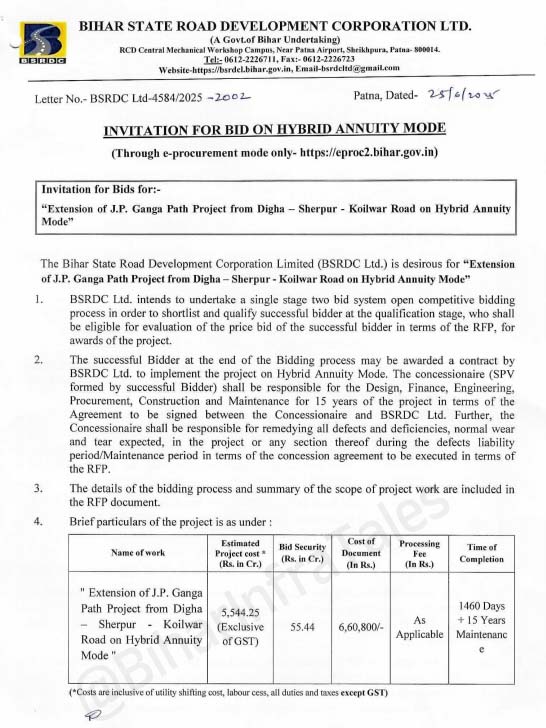
Strategic Significance of the Extension
The JP Ganga Path, often described as Patna’s urban expressway backbone, is being developed as a riverfront corridor to connect the eastern and western flanks of the city with neighbouring districts. The existing stretch from Digha to Didarganj has already eased traffic movement within the city. The proposed extension to Bihta and Koilwar is expected to play a transformative role in shaping the future of greater Patna. It is also likely to support upcoming regional infrastructure like the Bihta airport and planned industrial clusters.
What is the Hybrid Annuity Model (HAM)?
The Hybrid Annuity Model (HAM) is a public-private partnership (PPP) framework introduced by the Ministry of Road Transport and Highways to strike a balance between the traditional EPC model and the Build-Operate-Transfer (BOT) model.
Under HAM, 40 percent of the project cost is paid by the government to the private developer during the construction phase, while the remaining 60 percent is invested by the developer, who is then reimbursed in fixed annuity payments over a 15-year period.
These annuity payments are made by the government and can be supported through toll revenues or budgetary allocations. The model minimizes the upfront financial burden on the government and also reduces the traffic risk faced by developers, thereby encouraging greater private sector participation in large-scale infrastructure projects.

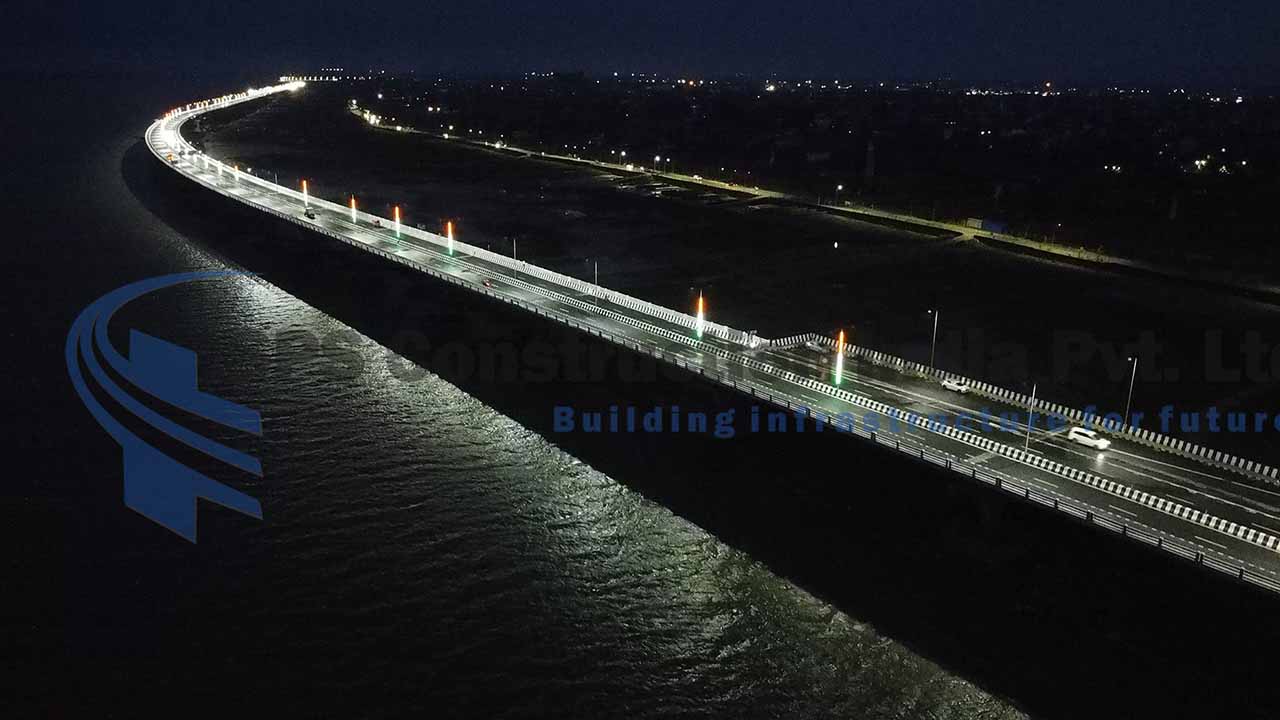
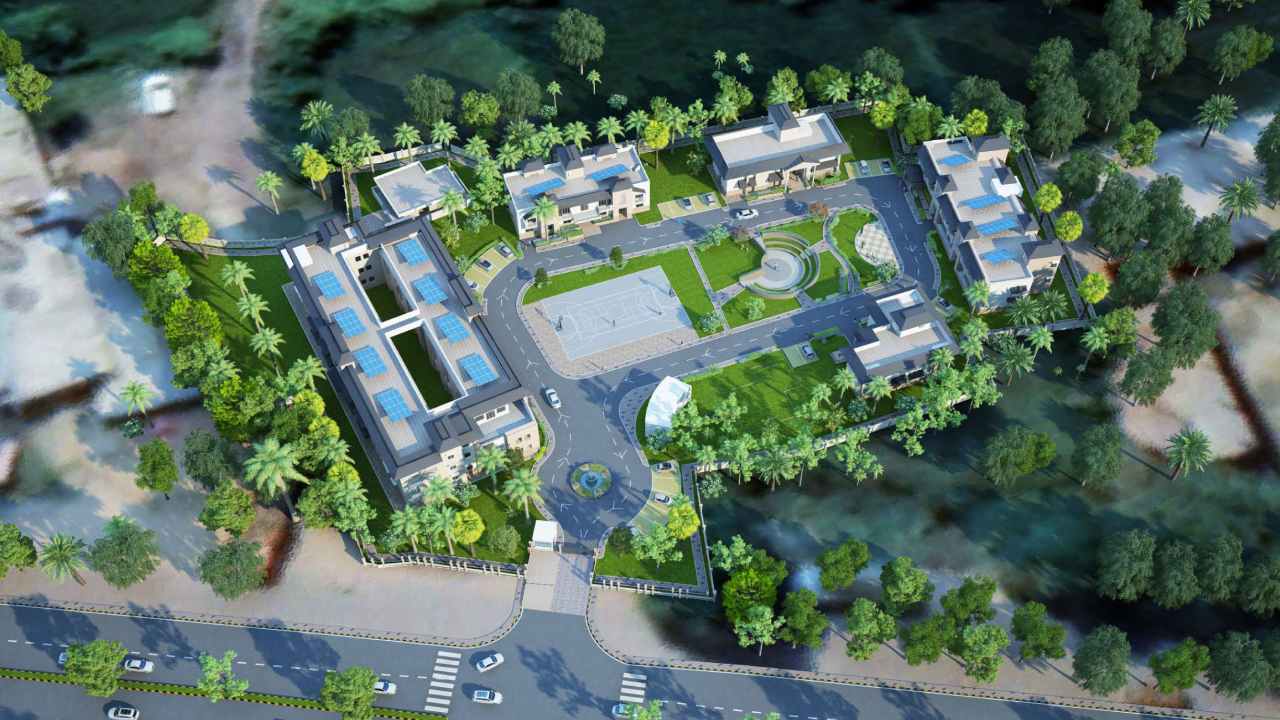
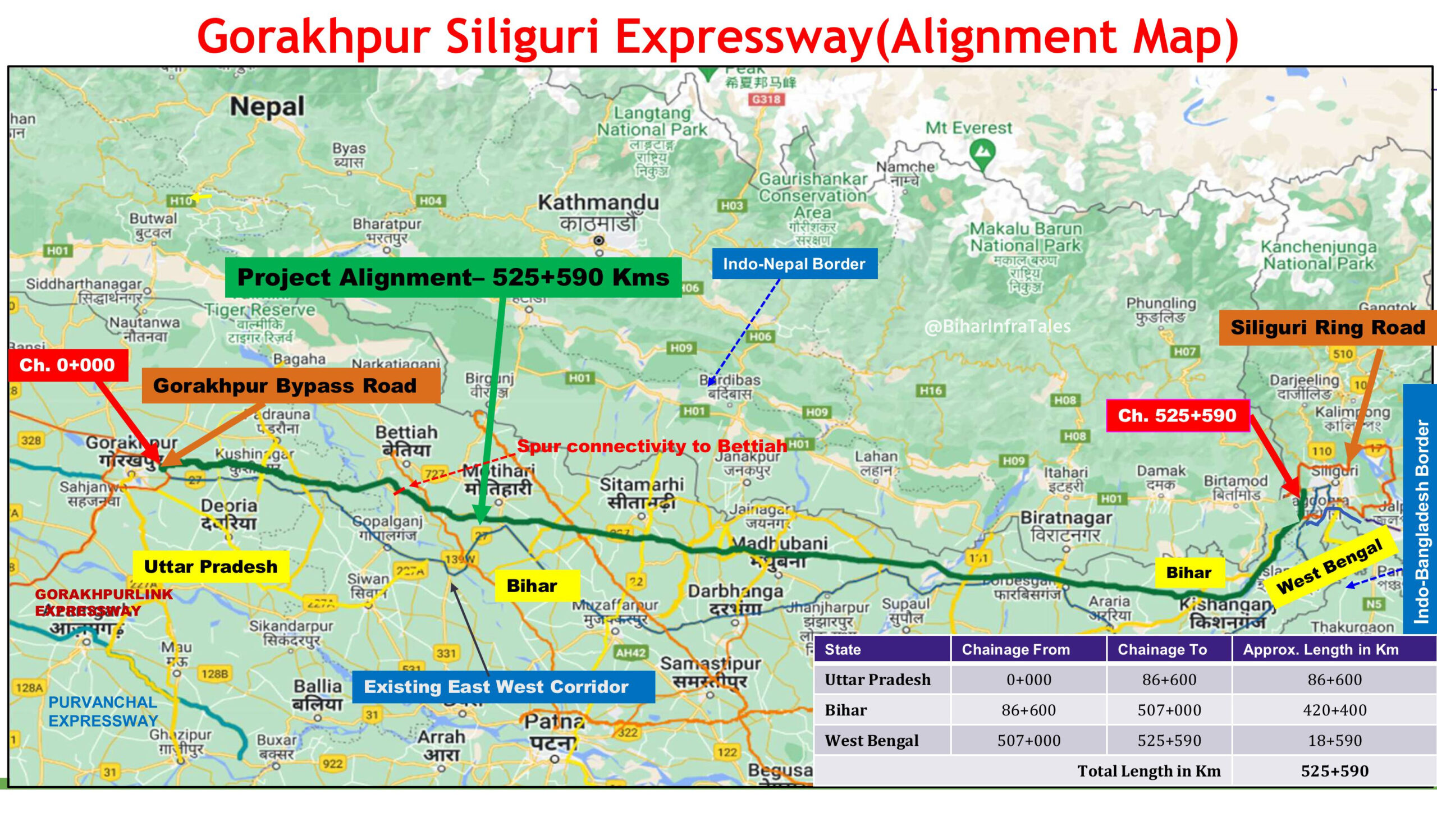
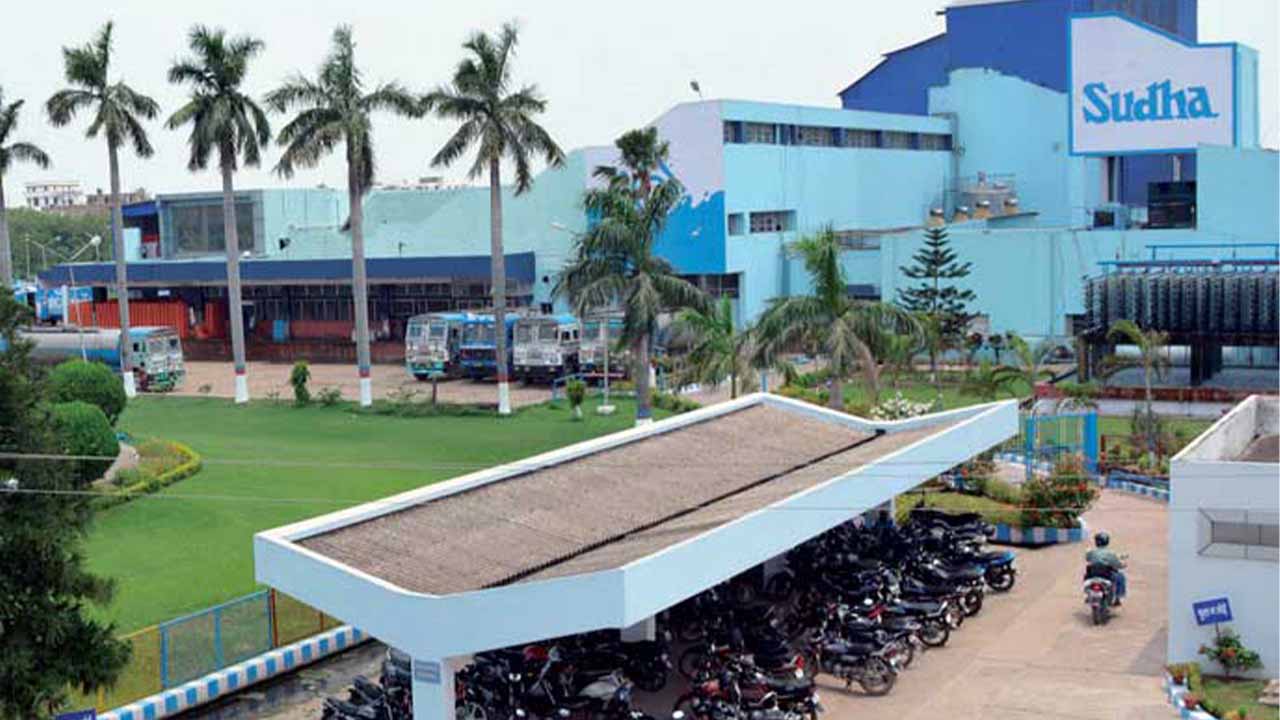
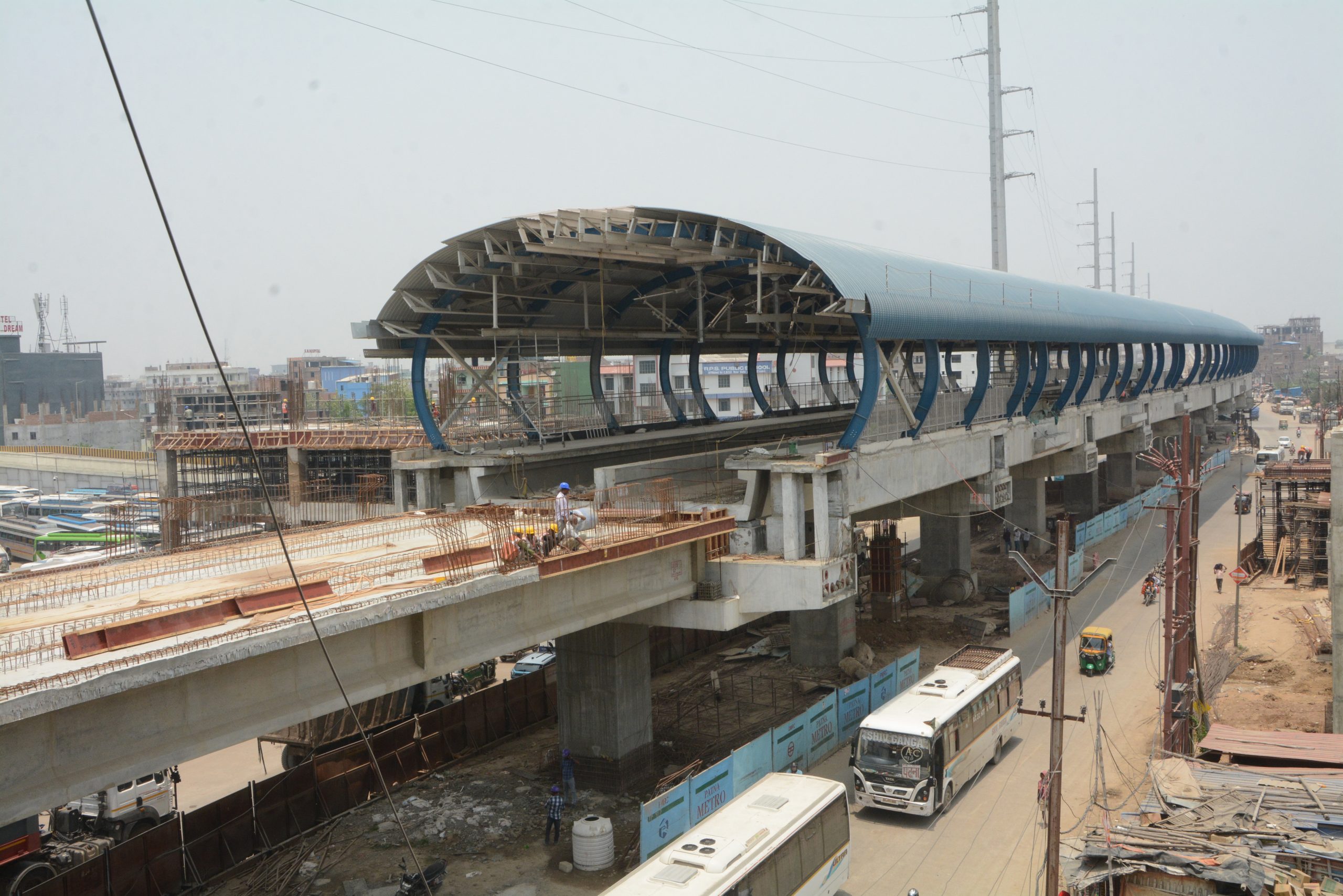

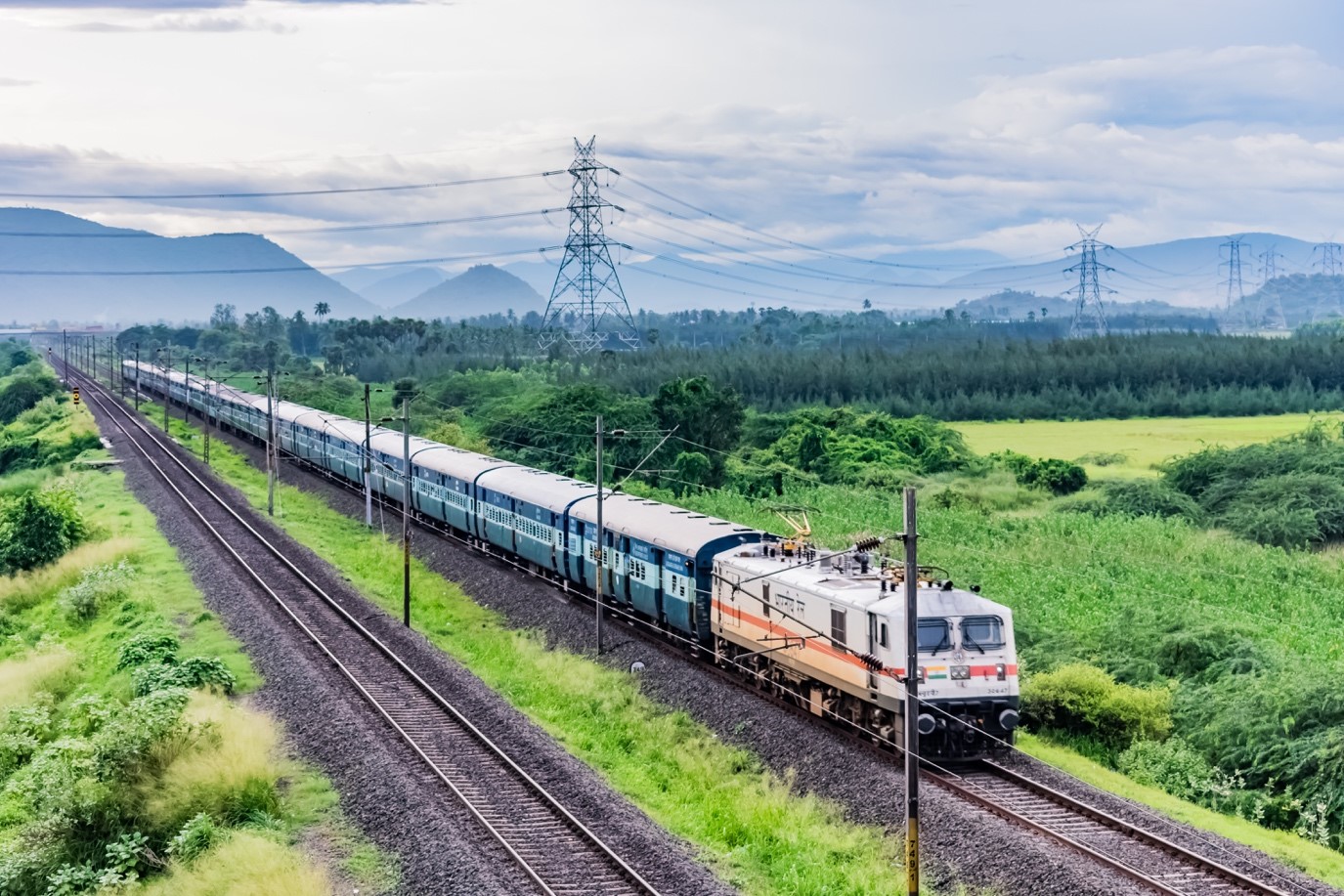

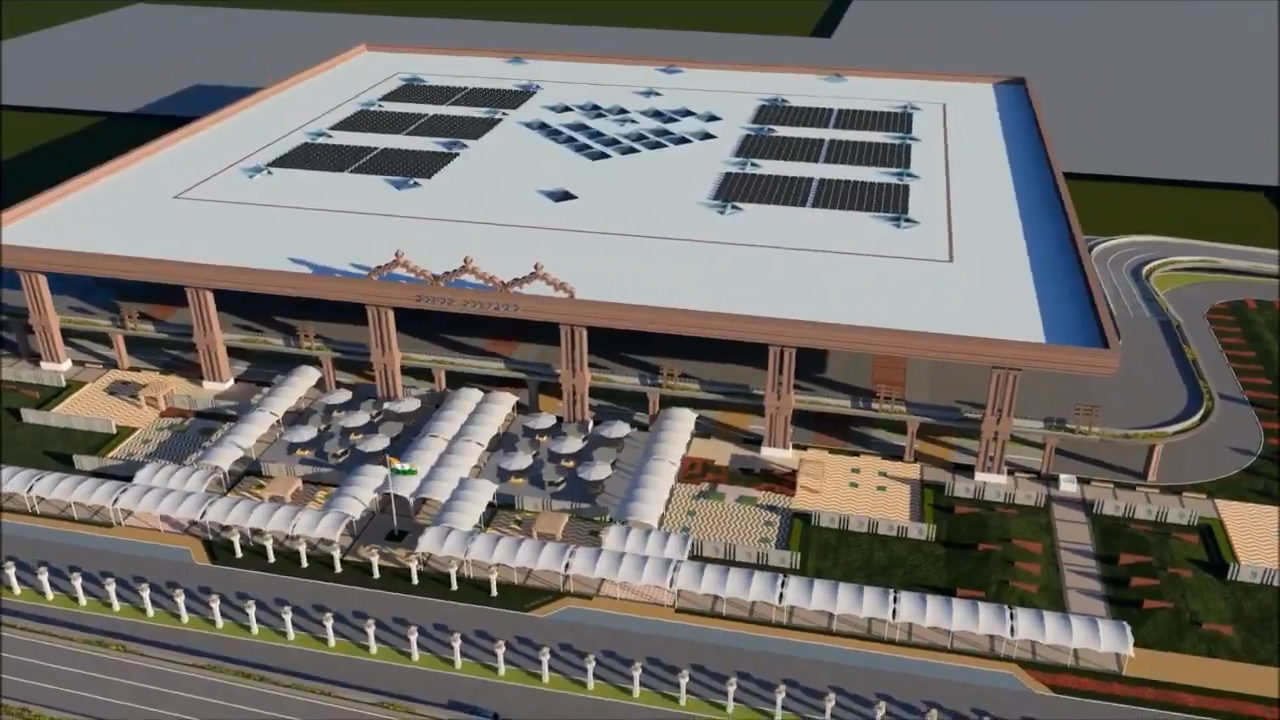
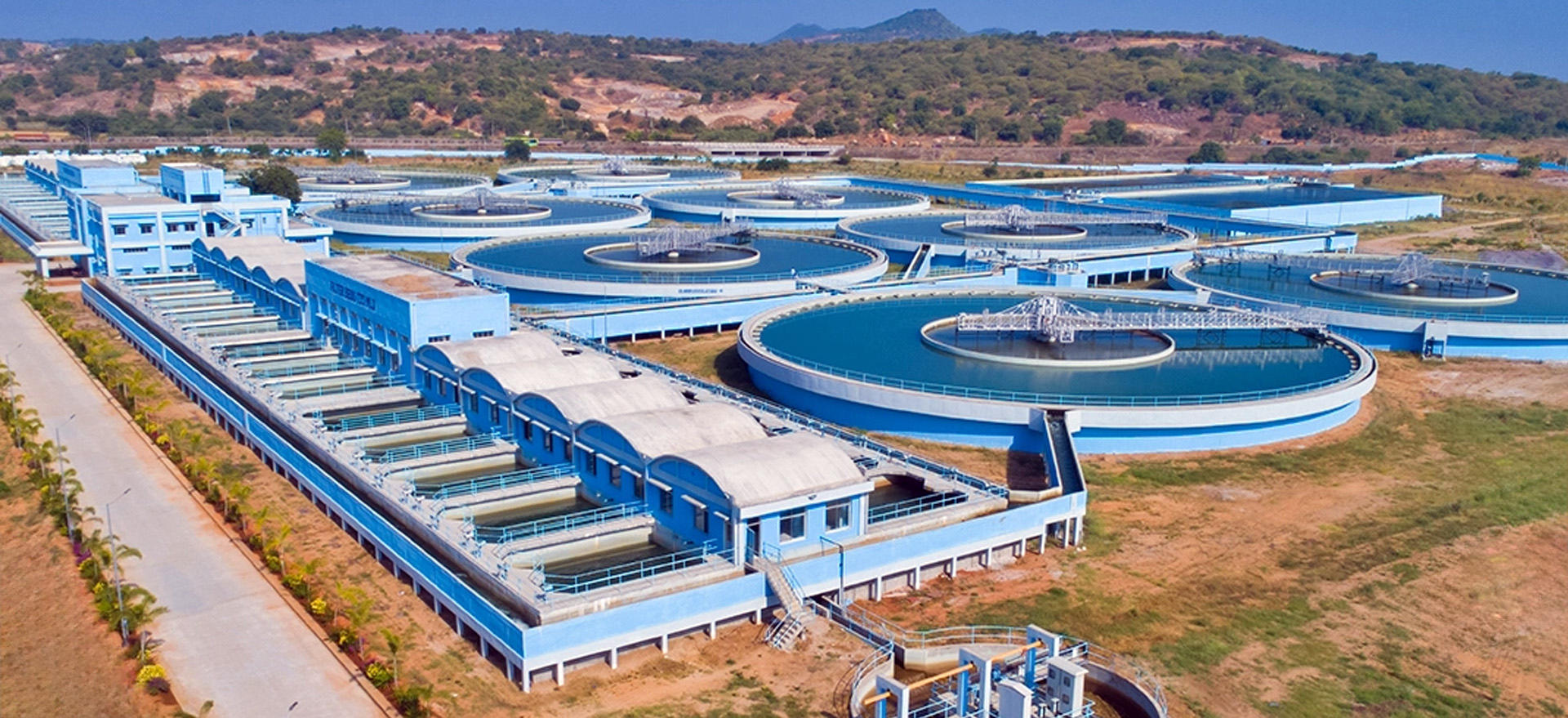
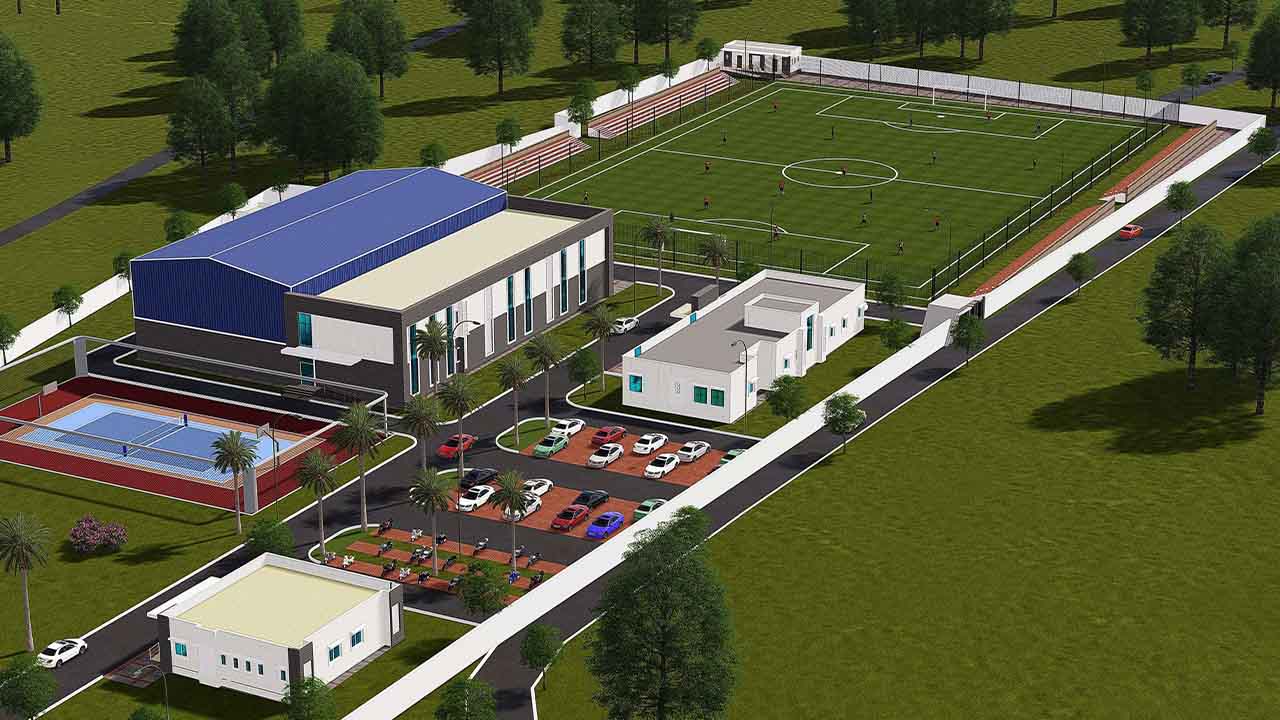
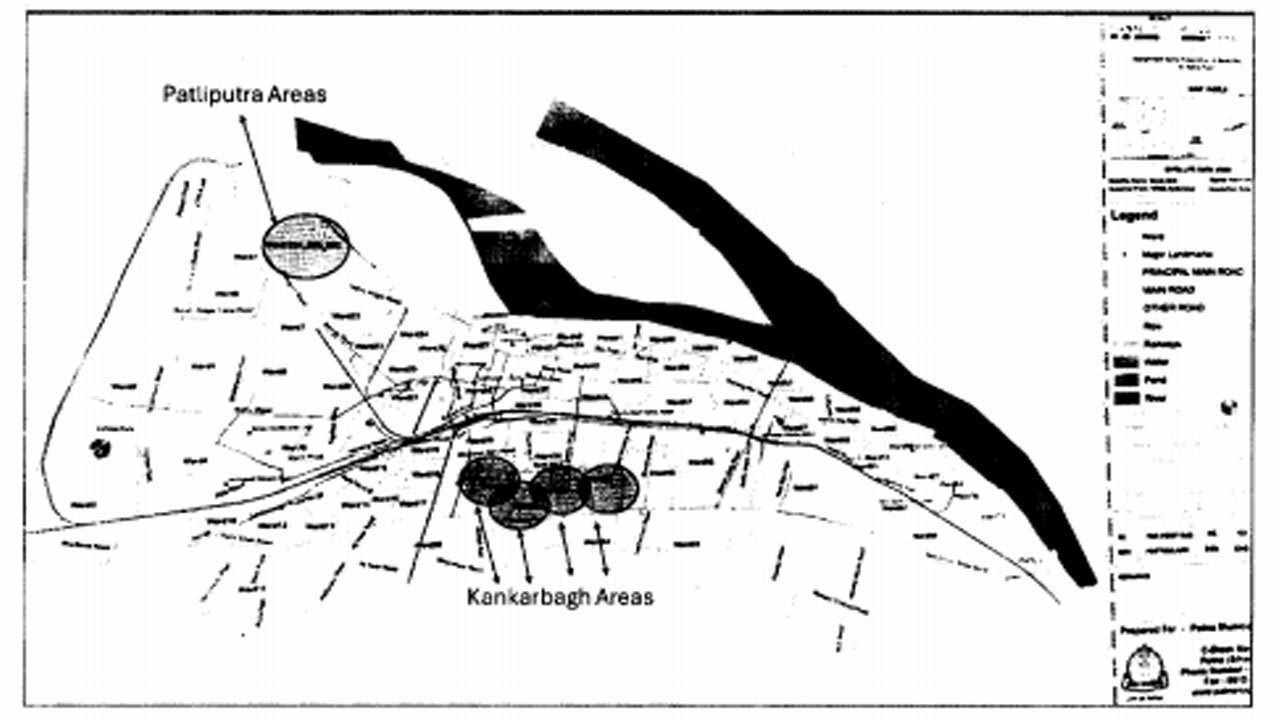
1 thought on “BSRDCL Reinvites Bids for JP Ganga Path Extension Under HAM”